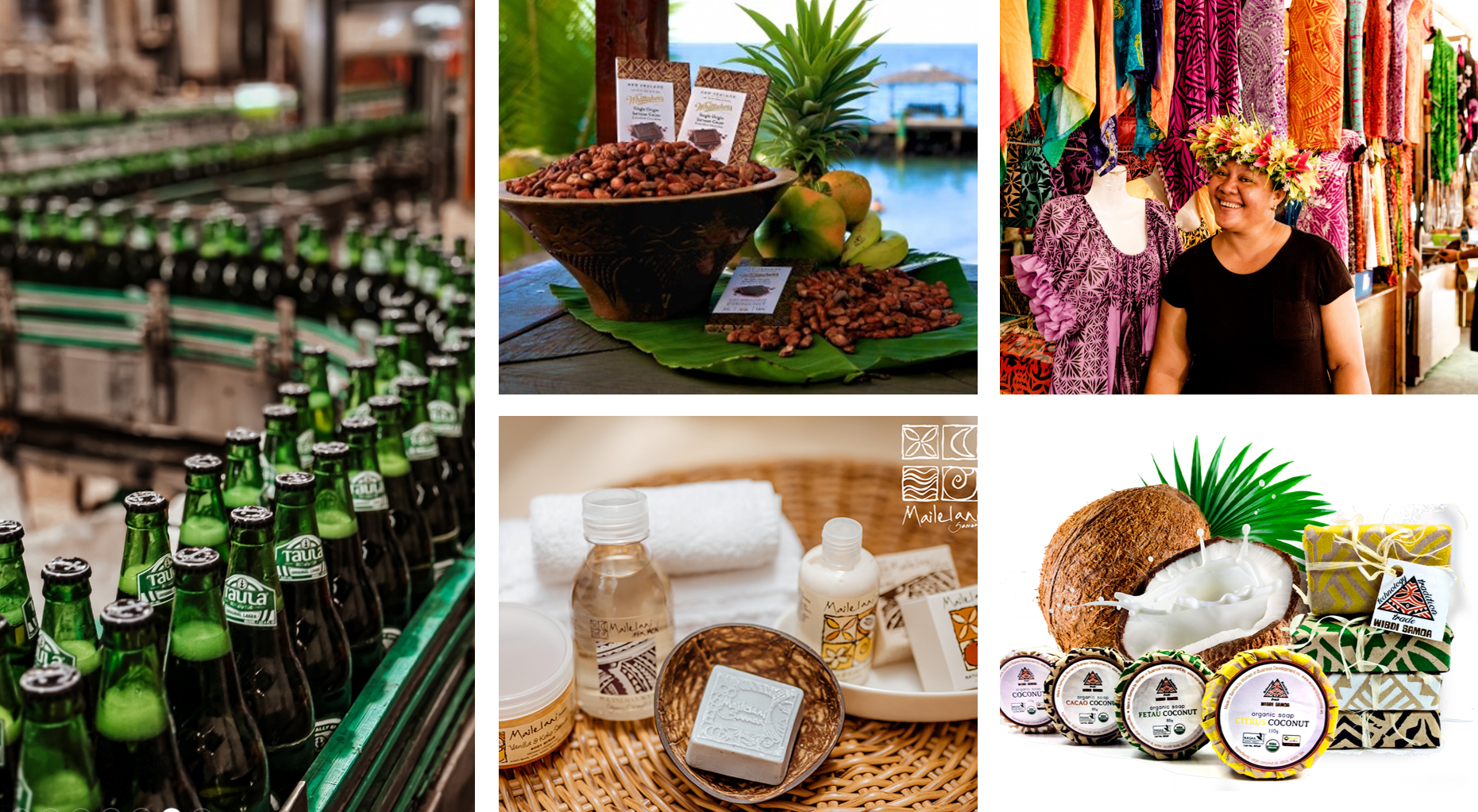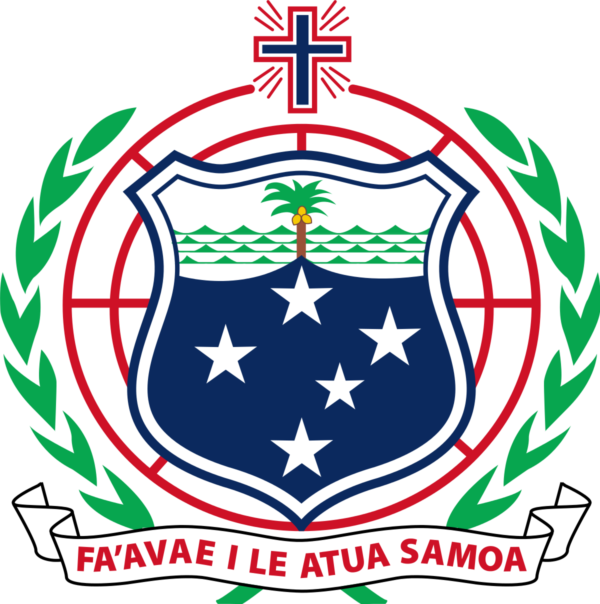| Product | Brand/ Business | Description |
|---|---|---|
| 1. Miniature Wooden Samoan Fale Coconut Tree | GOVT OF SAMOA | |
| 2. Ula Fala / Pandanus key necklace (brown) | GOVT OF SAMOA | This type of necklace is called an ‘ulafala. It is most often worn by Samoan tulafale (orator chiefs). In the context of oratory performances, ‘ulafala are important markers of social status. In other social and ceremonial situations they can help identify a special guest or simply act as an attractive adornment. ‘Ulafala are made from segments of the pandanus fruit described by botantists as carpels, phalanges, or keys. The colour of the fruit spans a range from yellow through to orange and red when ripe. Red is a colour associated with high rank. This ‘ulafala has been painted bright red, making it difficult to miss at any ceremony or function. |
| 3. Traditional Fly Whisk / Fue | GOVT OF SAMOA | The fue is an an item of regal importance for a Samoan tulafale (talking chief). They are carried by tulafale or high chiefs when they are acting as an orator and presenting lauga (ceremonial speeches). Said to resemble fly switches in appearance, the whisk portion of the fue is made from ‘afa (sennit braid). ‘Afa is often described as one of the most, if not most important item of material culture in Samoa due to its popularity and varied uses in Samoan culture. ‘Afa can be used for fishing, adornment, constructing houses and boats, as part of tattoo instruments, or in this case, featured on objects that are of significance in Samoan ceremonies and customs like oratory. |
| 4. Traditional Staff (To’oto’o) | GOVT OF SAMOA | The wooden To’oto’o staff signifies authority, making it an essential item for a Samoan Tulafale (Talking Chief). |
| 5. Traditional Tanoa Bowls | GOVT OF SAMOA | This intricately carved Tanoa (also known as ‘ava bowl) is a traditional Samoan wooden vessel used in the preparation and serving of ‘ava, a ceremonial drink made from the root of the kava plant (Piper methysticum). The Tanoa plays a central role in Samoan cultural and spiritual life, particularly during formal gatherings (fono), chiefly installations, and important rituals of welcome and reconciliation. The bowl is typically made from a single piece of hardwood, such as ifilele or tava, and is distinguished by its wide, shallow shape and multiple short legs for stability. A braided coconut fiber cord (afa) is often attached to aid in carrying or hanging the bowl when not in use. |
| 6. Traditional Samoan Cloth/Siapo | GOVT OF SAMOA | Siapo is a traditional Samoan barkcloth, handmade from the inner bark of the paper mulberry tree (u‘a). Carefully beaten, soaked, and joined together, the cloth is then decorated with intricate, hand-drawn or stenciled designs using natural dyes from plants such as tuitui (candlenut) and o‘a (bark dye). Each pattern tells a story—reflecting nature, genealogy, and the values of Samoan life. Motifs such as leaves, shells, birds, and geometric shapes are rich with symbolism and passed down through generations of artists, known as tufuga ta siapo. Siapo has long been used in ceremonies, clothing, gifts of respect, and home decoration. More than just art, it is a living expression of Samoan identity, spirituality, and connection to land and community. |
| 7. Organic insect repellent | WIBDI | Women in Business Development Inc. (WIBDI) in Samoa has developed a natural insect repellent that combines traditional knowledge with organic ingredients. This repellent is crafted using virgin coconut oil infused with citronella, a plant known for its mosquito-repelling properties. The use of coconut oil aligns with age-old Samoan practices of applying coconut oil to the skin, which not only moisturizes but also offers a degree of insect deterrence. |
| 8. Pure ground pepper jar | WIBDI | Women in Business Development Inc. (WIBDI) in Samoa offers pure ground black pepper, cultivated organically by local farmers. Purchasing WIBDI’s pure ground black pepper supports sustainable agricultural practices and empowers Samoan farmers, contributing to the resilience and economic development of rural communities. |

